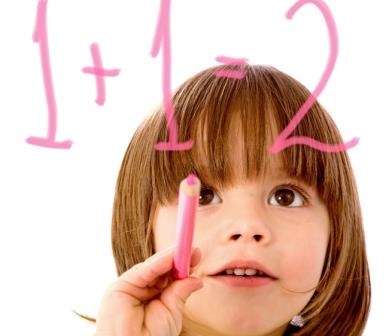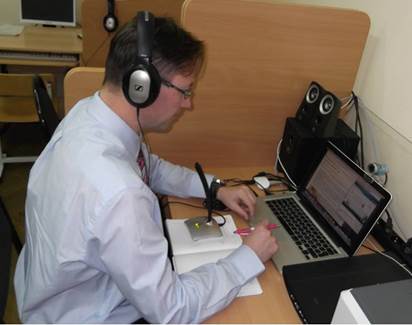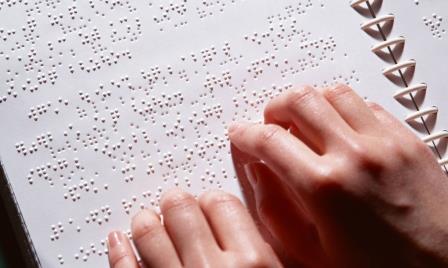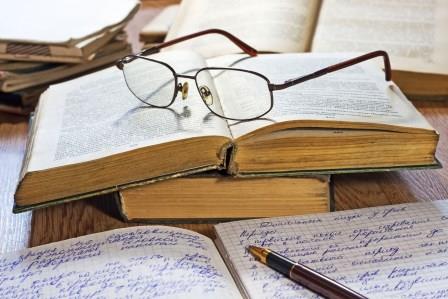References
1. Klimova B. F. Common mistakes in writing abstracts in English // Procedia – Social and Behavioral Sciences. 2013. № 93. P. 512–516.
2. Common difficulties observed in abstracts written in English by people having Spanish as mother tongue: Dificultades usuales en resúmenes escritos en inglés por nativos de español // Rev. esc. adm. neg [online]. 2011. № 70. P. 78−86 (cited 2018-02-18).
3. Korotkina I. B. Ot lingvisticheskogo tsentra k tsentru akademicheskogo pis'ma // Vysshee obrazovanie v Rossii. 2013. № 8–9. S. 120–124.
4. Vaynraykh V. Yazykovye kontakty. Sostoyanie i problemy issledovaniya. Blagove-shchensk: Blagoveshchenskiy gumanitarnyy kolledzh im. I. A. Boduena de Kurtene, 2000. 264 s.
5. Lingvisticheskiy entsiklopedicheskiy slovar' / Gl. red. V. N. Yartseva. M., 2002.
6. Min'yar-Beloruchev R. K. Metodicheskiy slovnik. Tolkovyy slovar' terminov meto-diki obucheniya yazykam. M., 1996.
7. Karlinskiy A. E. Vzaimodeystvie yazykov: bilingvizm i yazykovye kontakty. Al-maty, 2011.
8. Lea Meriläinen. Syntactic transfer in the written English of Finnish students: persistent grammar errors or acceptable lingua franca English? // Apples – Journal of Applied Language Stud-ies. 2010. Vol. 4 (1). P. 51–64.
9. Ehrensberger-Dow M., Rickets Ch. What’s wrong with our Swiss students’ English? An analysis of advanced learners’ written productions. [Elektronnyy resurs]. URL: https://doc.rero.ch/record/18311/files/09_Ehrensberger-Dow_Ricketts.pdf (data obrashcheniya 12.01.2018).
10. Mahsoub Abdul-Sadeq Aly. An Analytic study of the postgraduate students’ difficulties in writing abstracts in English. [Elektronnyy resurs]. URL: http://files.eric.ed.gov/fulltext/ED493860.pdf (data obrashcheniya 12.01.2018).
11. Yunling Yu. The negative transfer in sentence pattern in Chinese English Interlanguage. – Journal of teaching and education. [Elektronnyy resurs]. URL: http://www.universitypublications.net/jte/0501/html/toc.html (data obrashcheniya 12.01.2018).
12. Dobrynina O. L. Propedevtika oshibok pri napisanii angloyazychnoy avtorskoy annotatsii k nauchnoy stat'e // Vysshee obrazovanie v Rossii. 2015. № 7. S. 42–50.
13. Tafani Vilma (2009): Correcting or not Errors and Mistakes. [Elektronnyy resurs]. URL: https://www.yumpu.com/...correcting-or-not-errors-and-mist... (data obrashcheniya 12.01.2018).
14. Phiphawin Suphawat Srikrai et al. English language difficulties of non-native English postgraduate students in an English for academic purposes in a Thai university. Proceedings of CLaSIC, 2016. [Elektronnyy resurs]. URL: https://www.fas.nus.edu.sg/.../srikrai_suphawat_phiphawin.p (data obrashcheniya 12.01.2018).
15. Arkharova M. Ispravlenie oshibok v protsesse prepodavaniya inostrannogo yazyka: teoriya i praktika [Elektronnyy resurs] // Prosveshchenie. Inostrannye yazyki: Internet-izdanie dlya uchitelya. 2014. № 1. URL: http://iyazyki.ru/2014/01/correction-mistakes (data obra-shcheniya 12.01.2018).
16. Amara Naimi. Errors Correction in Foreign Language Teaching // The Online Journal of New Horizons in Education. 2015. Vol. 5. № 3.
17. Chittima Kaweera. Writing Error: A Review of Interlingual and Intralingual Interference in EFL Context // English Language Teaching. 2013. Vol. 6, № 7.
18. Kondrashova N. V. Prognozirovanie i ispravlenie studencheskikh oshibok pri obuchenii inostrannym yazykam // Nauchnyy dialog. 2015. № 7 (43). S. 27–47.
19. Corder Pit. The significance of learner's errors // International Review of Applied Lin-guistics, 1967. S. 161–170.












